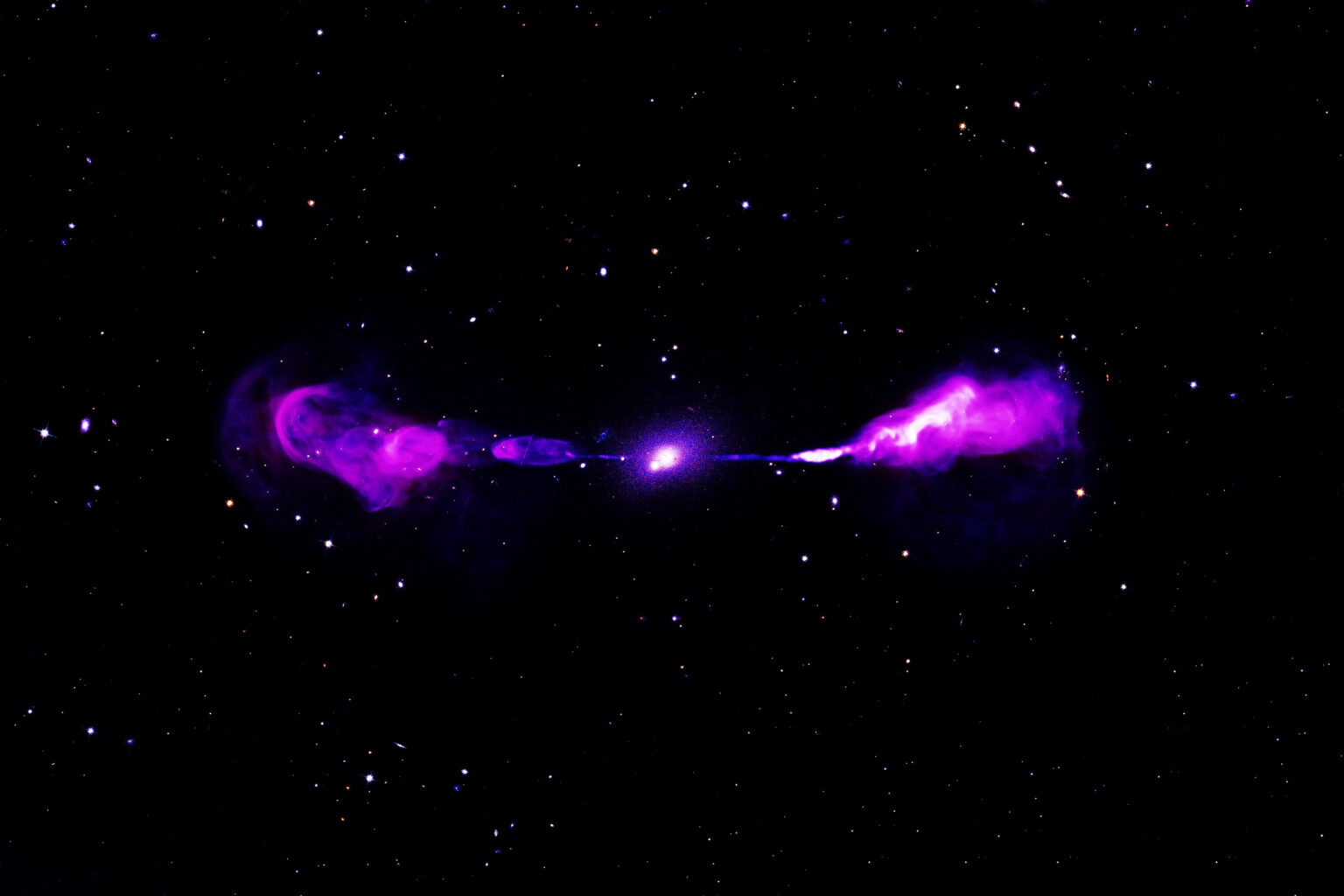Experts at the U.S. Naval Research Laboratory have discovered the first pulsar in the Glimpse-CO1 cluster. It’s part of a broad program to find these objects. Scientists want to use them for navigation.

Pulsar in the Glimpse-CO1 cluster
The U.S. military is known for not only developing techniques to destroy the enemy, but also purely basic research. Amaris McCarver, an intern in the Remote Sensing Division of the United States Naval Research Laboratory, along with colleagues, recently published a paper on the discovery of the first pulsar in the Glimpse-CO1 cluster.
Pulsars are neutron stars that emit periodic pulses of high frequency from their poles. As part of their search, scientists used the Large Array of Radio Antennas, a multi-telescope array consisting of many individual receivers working as a single unit.
They were able to combine data from the radio telescope data with that collected by other instruments. Thanks to this, they were able to study 97 clusters. Among them was Glimpse-CO1.
Why scientists are interested in every pulsar
A pulsar in the Glimpse-CO1 cluster may not seem like such big news. However, military researchers know what they do. The signals from some of these objects can rival the best atomic clocks humans have. In addition, each one is unique.
This makes pulsars one of the best objects for orientation in space and time. For example, they help scientists determine with high accuracy when gravitational waves have occurred. They can also be used as a navigation system, both on Earth and in space.
However, there is a circumstance that complicates their practical use. Some of the pulsars sometimes change their periodicity. The periodicity of these changes often has its own dependence. It has long been clear to astronomers that there is a quality of physical processes behind all this, of which there are many variants.
In the current study, one of the main objectives was to determine how new and previously known pulsars change their period. And scientists have been able to make some progress in researching this question.
According to www.meteogiornale.it


